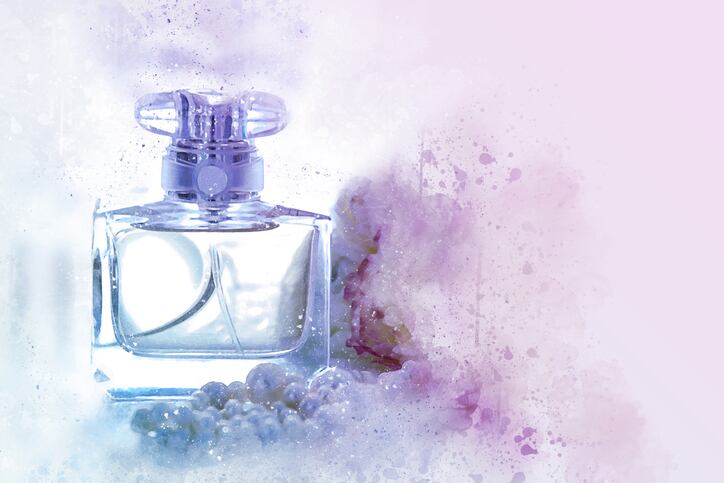Following two years of collaborative research between Coty scientists, production partners and LanzaTech, the teams had finally developed a high-purity sustainable ethanol suitable for use in fragrances. The purified ethanol was sourced from industrial carbon emissions; waste carbon monoxide gases produced by heavy industries such as steel mills and oil refineries.
“The proposed partnership means that Coty will incorporate this carbon-captured ethanol into its fragrance manufacturing process, with the goal of having the majority of its fragrance portfolio using ethanol sourced from carbon-capture by 2023,” the company said.
Coty currently used ethanol – used to enable effective dispersion of scent in its fragrances – from various natural raw materials, including sugar can and sugar beet. But these sources, it said, used land, water and fertilizers whereas this new carbon-capture source used near-zero water consumption and reduced the requirement for agricultural land, in turn supporting biodiversity.
A life-cycle analysis conducted by independent sustainability consultancy Quantis showed this ethanol source “significantly reduced overall environmental impact”, Coty said.
Carbon capture for ‘truly clean and green’ beauty products
Sue Y. Nabi, CEO of Coty, said the move played into the company’s wider ‘Beauty That Lasts’ sustainability strategy and goal of creating products that were “truly clean and green”.
“Ethanol is the number one ingredient purchased for the fragrance category and over time this partnership with LanzaTech will significantly reduce the environmental impact of our products. It’s not only the right thing to do, but it makes commercial sense too – with today’s consumer rightly demanding that their favourite brands share their commitment to sustainability,” Nabi said.
Jennifer Holmgren, CEO of LanzaTech, added: “Addressing our climate challenge requires collaboration across multiple sectors. We are proud to be developing this partnership with Coty to show that carbon recycling can enable sustainable production of fragrances.”
Single-use carbon, Holmgren said, had to become a thing of the past, replaced by a future where consumers could choose products made from recycled carbon instead.
Coty says carbon capture 'absolutely' the future for beauty
A spokesperson from Coty told CosmeticsDesign-Europe that carbon capture was “absolutely” the future for beauty; “and not just for beauty”.
“We all must strive toward a circular economy, and recycling waste gases is a major step.”
In October last year, L’Oréal also announced plans to integrate captured carbon into shampoo and conditioner bottles by 2024 under a partnership with LanzaTech and energy giant Total. The polyethylene bottles were made via a three-step process: capturing carbon emissions, converting ethanol into ethylene and then polyethylene, and finally manufacturing the final cosmetics bottle.
L’Oréal said it hoped other beauty players would join the movement of using this “breakthrough innovation” in sustainable packaging.




